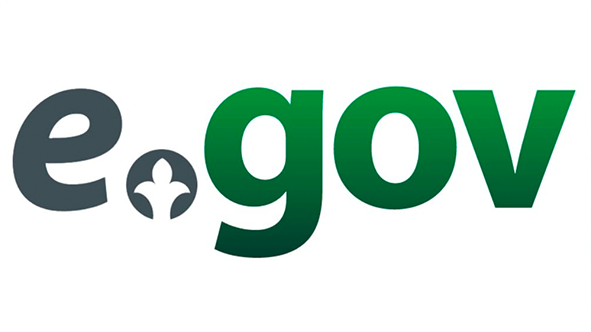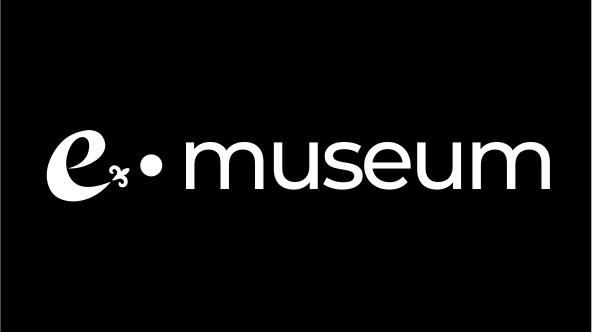

History of the Botai settlement
The Botay settlement was discovered in 1980 by V.F. Saibert – the member of the North Kazakhstan archaeological expedition. In archaeological excavations took part the students of Petropavlovsk pedagogical institute where Shakenov Kanash Shakenovich was the rector at that moment.
The first excavations on the settlement gave the science about 40thousands of artifacts. Later on were opened such settlements as Krasny Jar, Vasilkovka IV, Roshinskoe, Balandino, Sergeevka. In 1980 V.F.Saibert learning these settlements of Eneolithic era came to the conclusion of underlining of a new archaeological culture – the Botay culture. The settlement and archaeological culture were named after one of the kazakh leaders. During the first research years of the settlement 7528 sq.m.of cultural layer were carried out by the North Kazakhstan archaeological expedition.
In summer 1983 at the place of Botay settlement excavations was spent the World field archaeology seminar. In 1983-1985 years archaeologists of North Kazakhstan expedition reached significant successes. In 1985 V.F.Saibert together with Martynuk O.I. wrote an article “ Ceramic complexes of Eneolithic Botay settlement” where they spoke about Botay ceramic on the base of Neolithic dishes of Atbasar culture.
In 1985 were published materials of I.L.Chernay” Textile and ceramic on materials from monuments of eneolithic –bronze of South Ural and North Kazakhstan”, V.I. Saitova “Characteristic of stone tools of Botay settlement”, T.A.Danilenko “ Bone tools of Botay settlement”,V.F.Saibert, A.A.Pleshakov ”Chopping tools of Botay settlement”. The general characteristic of Botay culture was done in publication of V.F.Saibert “Botay settlement and research aims of Eneolithic of the North Kazakhstan”.
In 1994 professor V.F.Saibert has read a cycle of lectures about Botay in the number of British universities. In that year there was an exhibition, devoted to Botay culture in Cambridge archaeological museum according to the World Symposium “Early horse breeders of Eurasian” organized, where were 80 scientists from 16 countries present.
In 1996 Kazakhstan-German researches of Botay materials were started. Materials of Botay settlements were studied by traditional methods in archaeology – traceology, typology, osteometry, radiocarbon dating, geomagnetic surveys. Geomagnetic researches were spent at the beginning of 1990 with supporting of foreign researchers. In 1990 with the help of laboratories of Cambridge, Oxford, Bristol, Exeter researches on the analysis of burns on ceramic vessels has been carried out to identify fat traces of dairy productions.
In identifying evidence of the Botay horse domestication have an active part L.N.Makarova, T.N.Nurumov, S.S. Kalieva, from foreign researchers – L.L.Gaiduchenko(Chelyabinsk,RF),S Olsen(Museum of Carnegie Natural History, USA), D.Antony, D. Brown( Hartwick college, USA), N.Beneke, A fon Dendrish(Germany), M.Levin(Cambridge, Great Britain), A.Kasparov(RAN, Russsia) D.Orlando.
From the middle of 1990 researches of Botay culture have slowed down. But archaeological excavatios were carried out annually to study the Botay settlement.
In 2000 The Botay settlement was included in the state national natural park “Kokshetau”. In 2001 Kokshetau archaeological expedition made the marking of the buffer zone around Botay settlement with a length of 3600m.An installation of the fence has limited an access of livestock and vehicles to the security zone. In 2005-2006 years a part of found artifacts were transferred to the Central Museum of RK in Almaty.
A significant contribution to the study of Botay culture was made by the staff of the Kokshe Academy, in connection with the implementation of the state programme” Study and preservation of historical and cultural heritage of RK” 2004-2006 years. The results were presented in a collective monograph “Secrets of the ancient steppe”.
In 2009 an article was published in international journal “Science”, which indicates the first cases of horse domestication in Eneolithic Botay settlement and the Botayans made kumis. Between 2007 and 2011 archaeological excavations were suspended. This period was used to comprehend the conceptual aspects of Botay culture. In 2011 the generalizing monograph of V.F.Saibert “Botay. The origins of the steppe civilization” was published.
In 2017 Alan Outram used a new method of mass spectrometry to identify proteins in tooth remainings. In that year E.Ananievskaya(Vilnus, Lithuania) investigated samples for miliacin testing.
In 2017 the archaeological monument Botay was included to the state list of sacred monuments of Kazakhstan. Botay was included as aa archaeological object of investigation according to the new state programme “Ruhany Zhangyru” A project “Reconstruction of social economic and worldview aspects of Botay culture including issues of sacred contexts of Botay culture” was developed. In 2018 the monograph “Sacred contexts of Botay culture” by professor V.F.Saibert was published with the support of Kazakh research institute of culture MKS RK. In the article of ex-president of RK N.A.Nazarbayev ”Seven faces of Great steppe” published in November 21, 2018 Botay is considered as one of the important contexts in formation of equestrian culture.
The result of many years of research has been the creation of the State historical and cultural museum-reserve “Botay” in 2018.
















